Let's talk about how to use a DI box and a reamp box and what they are doing under the hood.
Understanding saturation effects
When you think of electric guitar, you have to think of saturation. From the very beginning, guitarists have always tried to push their instrument beyond its original sound—making it dirtier, nastier, and more aggressive. Much to the dismay of Leo Fender, inventor of the first solid-body electric guitar, who spent his whole life designing the cleanest, most powerful amplifiers he could.
Back in the 1960s, the only way to get that crunchy tone was to crank your amp to full blast. Today, you just need the right saturation pedal. The real challenge? Choosing the right one—because there are a lot! But no worries: in this article, I’ll walk you through the difference between fuzz, distortion, and overdrive. Let’s take a little trip back in time!
1. Fuzz: The Ultimate Vintage Tone
Fuzz was the first saturation effect ever created. It all started in 1962 with the release of the Maestro “Fuzz-Tone” FZ-1. The effect was so new and unusual that nobody at Maestro really knew how to market it. Their sales pitch? “Make your guitar sound like a tuba, trombone, or trumpet!”
It didn’t make much of a splash—until the Rolling Stones needed a brass intro for a new song. For the demo version, Keith Richards used the FZ-1 to sketch out the horn line. That demo ended up on the final recording of (I Can’t Get No) Satisfaction—and the fuzz tone became legendary.
From that point on, the '60s saw a wave of new fuzz pedals. Builders added more tone control, more gain to sustain notes better, and even upper octave effects. Fuzz pedals became known for their woolly, aggressive sound—sometimes smooth, sometimes spitty or gated.
Fuzz is perfect for lead tones, but it tends to get messy with chords. It’s not about subtlety—it’s raw, untamed saturation that suits fans of ‘60s and ‘70s tones. There are many kinds of fuzz pedals, and I'll cover them all in another article.
2. Distortion: The Heart of Grunge, Hard Rock, and Metal
By the 1970s, stompboxes were everywhere. New effects began appearing thanks to companies like Electro-Harmonix, a small New York-based company founded by Mike Matthews in 1968. One of their key innovations was a “sustainer,” the precursor to the modern distortion pedal, sold under both their own brand and OEM versions for others like Guild.
Compared to the fuzzes of the time, these circuits were more stable, cheaper to build, and offered better note sustain. The Big Muff Pi quickly became a favorite among top guitarists—especially David Gilmour, who helped establish its iconic status. It’s the pedal heard on early Pink Floyd records and the famous solo on Comfortably Numb.
Within a decade, op-amps (operational amplifiers) became inexpensive and widespread—no longer reserved for military or scientific gear. Thanks to this technology, distortion pedals flourished, with companies like Maxon, Ibanez, and Boss pushing the format forward.
Sonically, distortion is essential to rock, hard rock, grunge, and metal. Unlike fuzz, it handles chords much better and has a more controlled tone. It’s aggressive but not shrill. Distortion lets you cut through the mix without blowing your amp or making your sound engineer cry.
3. Overdrive: The Classic Blues and Rock Grit
Even though it’s the softest of the three effects, overdrive actually came last. In 1973, Roland, known for electronic instruments, launched a new division to build effect pedals.
Boss, with its instantly recognizable compact enclosures, released the very first “overdrive” pedal: the OD-1. Unlike earlier designs that relied on transistors, the OD-1 used the new op-amp technology along with clipping diodes to achieve a smooth, responsive saturation.
Thanks to this design, guitarists didn’t need huge amounts of gain to get noticeable saturation and sustain. Overdrive responds to your picking dynamics—play softly for a clean tone, dig in for a warm crunch. You can even control the saturation by just rolling your guitar’s volume knob.
Other brands jumped on board quickly. The most famous overdrive pedal of all time is the Ibanez Tube Screamer, which helped define the sound of Stevie Ray Vaughan. He even used multiple Tube Screamers in series on some songs!
Overdrive is much more subtle than fuzz or distortion. It’s dynamic and reacts to your playing style. It also retains clarity with chords and single-note lines, making it a blues favorite. Overdrives often roll off some bass and boost the mids, which makes them perfect for stacking with another pedal or pushing a tube amp into saturation. In fact, this stacking technique is a cornerstone of modern metal tone—and I cover it in detail in the following article.
As you can see, the world of saturation is vast. It’s impossible to cover every variation, but fuzz, distortion, and overdrive are the three most widely recognized families. If you’re just starting out on guitar and want to replicate your favorite artists’ tones, take a look at what effects they use. Chances are, one of these saturation pedals is in their rig—that’s your starting point.
If you don’t have a strong preference and just want to cover a wide range of styles, I recommend starting with overdrive. There are tons of them out there, and I think I'll have to delve into this specific category in more detail later.
So—are you more of a retro fuzzhead, a smooth blues overdrive fan, or a high-gain metal distortion player? Let me know in the comments below !



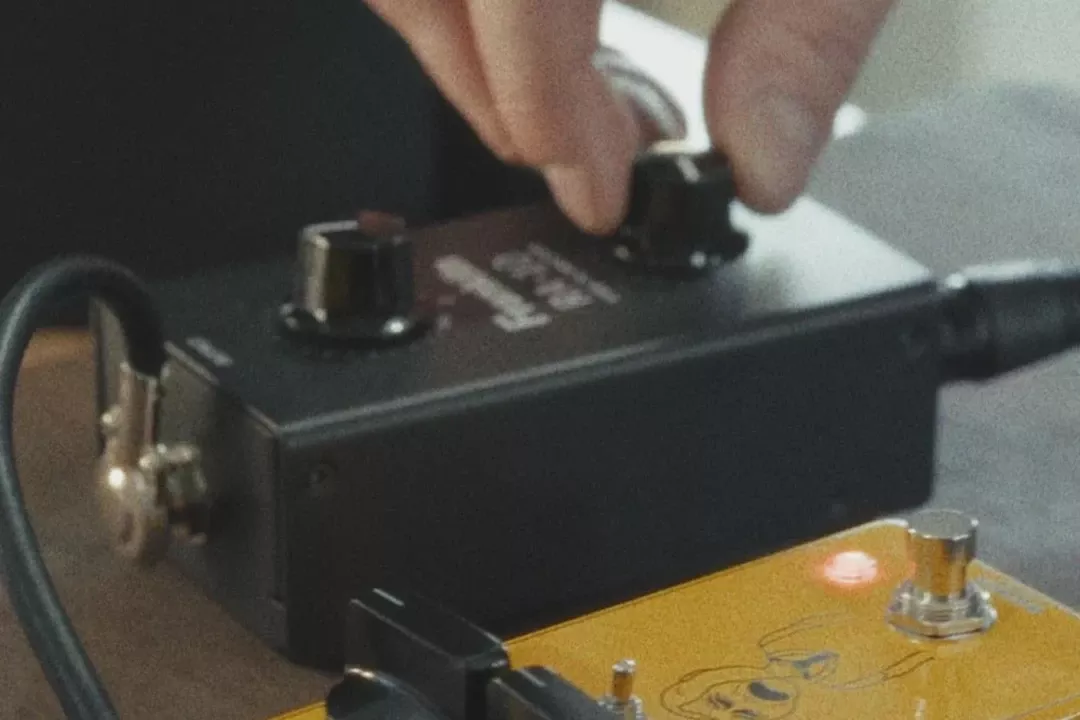
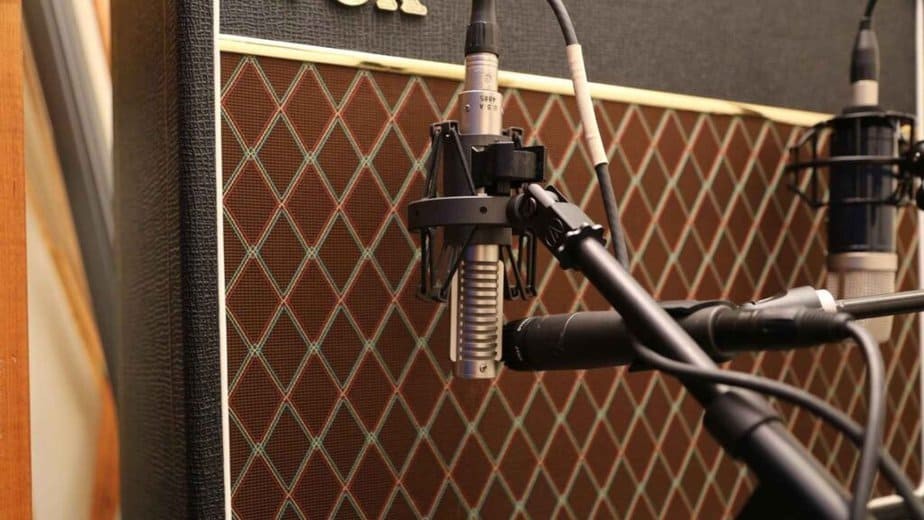
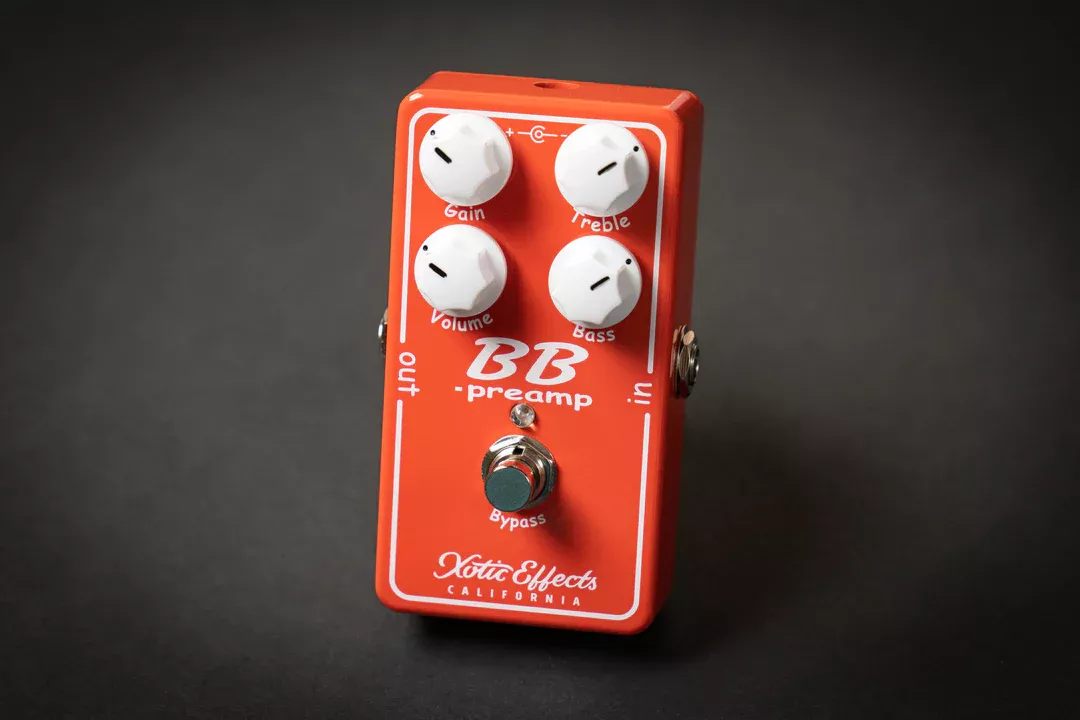
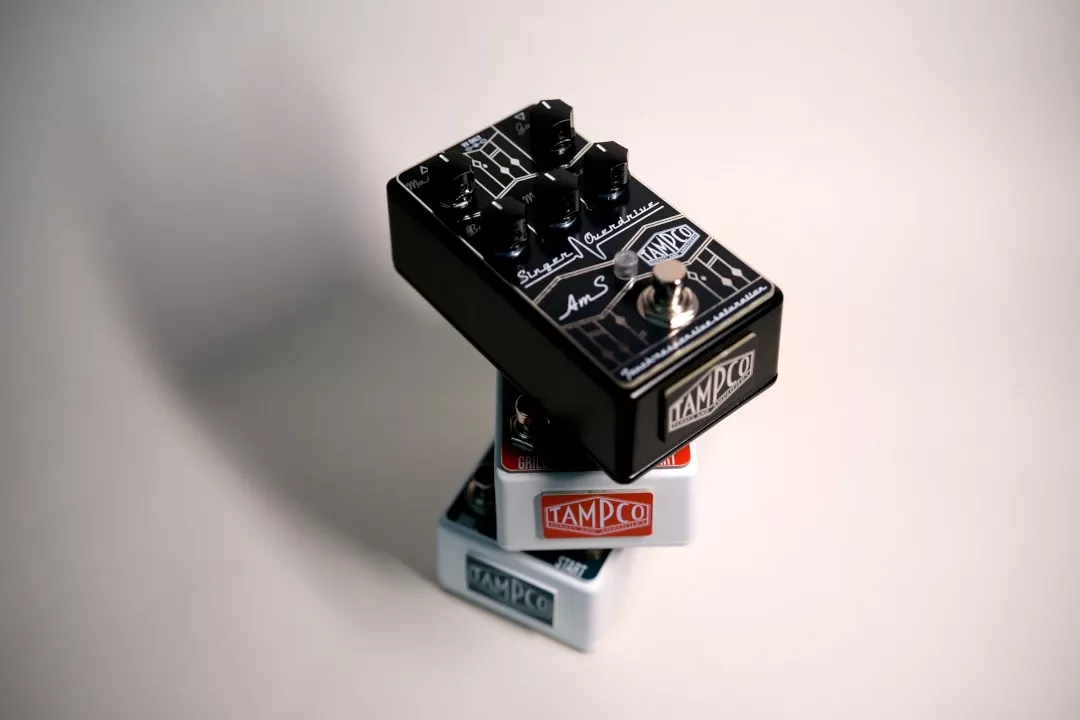
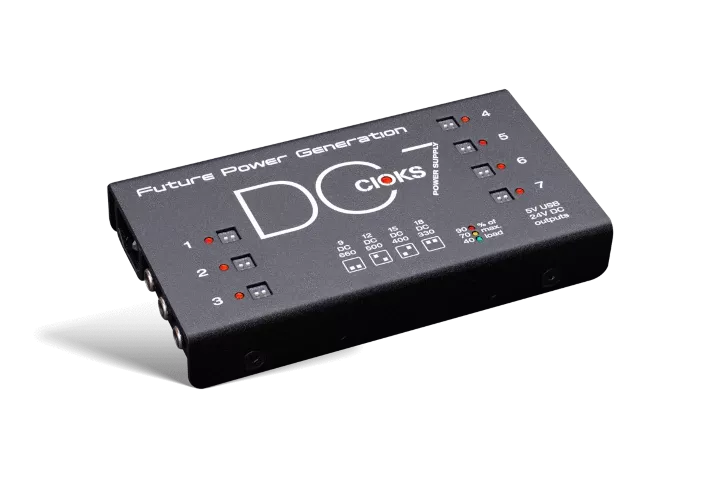
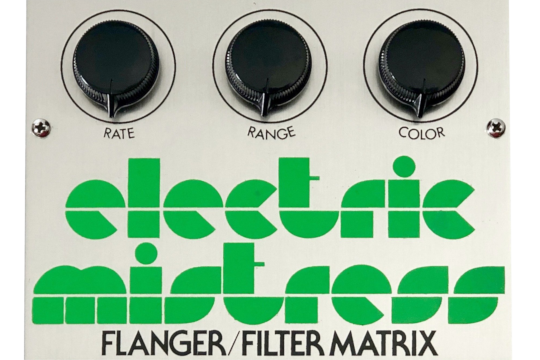
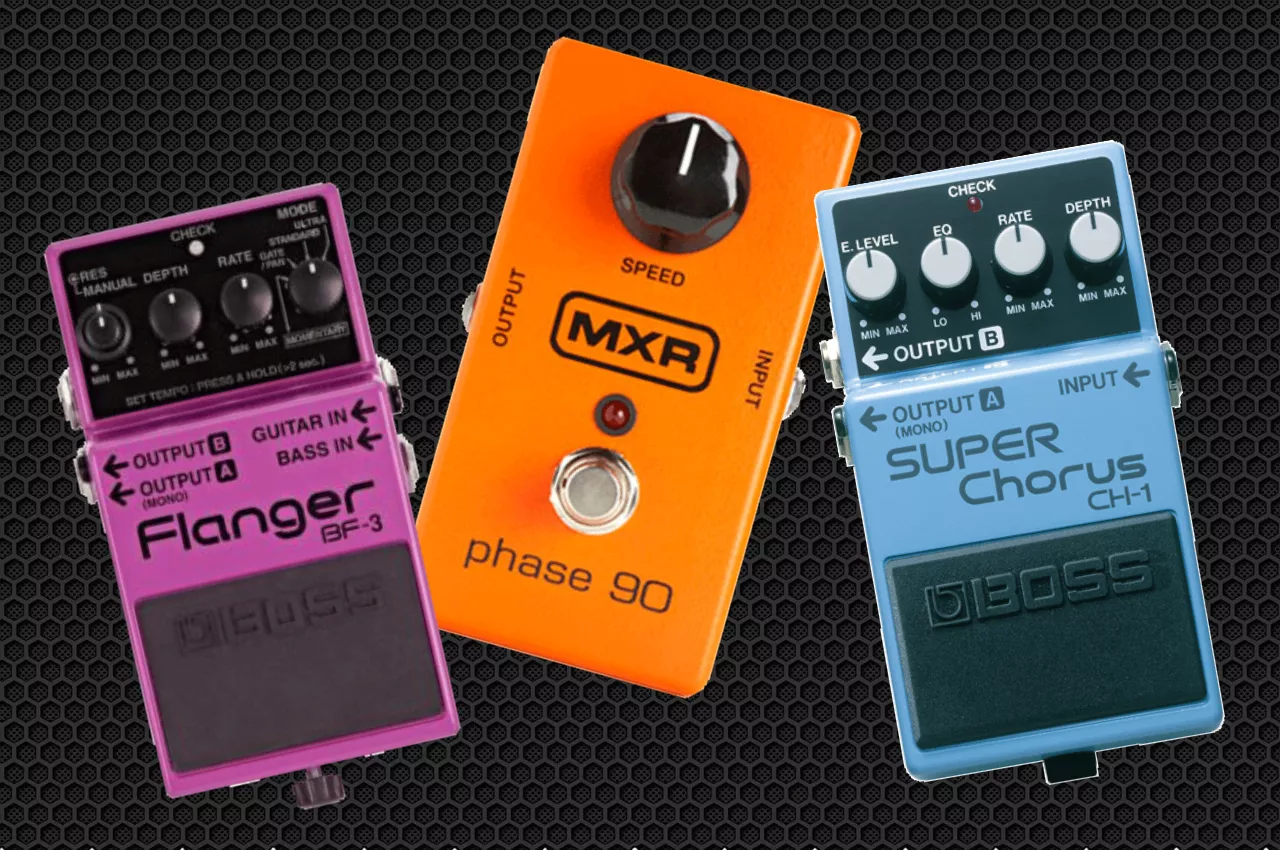
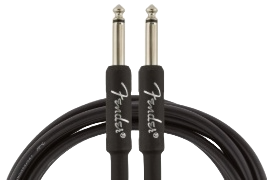
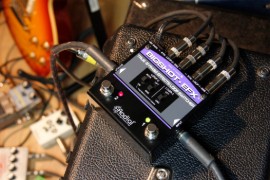


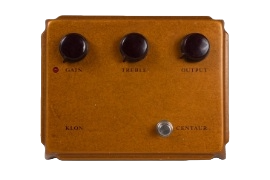
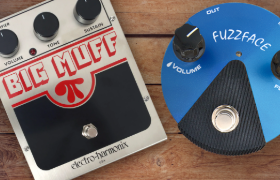
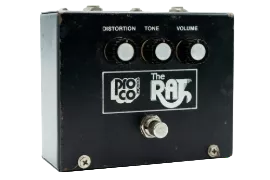
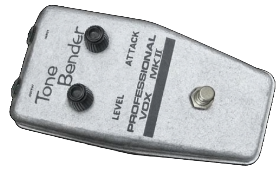
Leave a comment